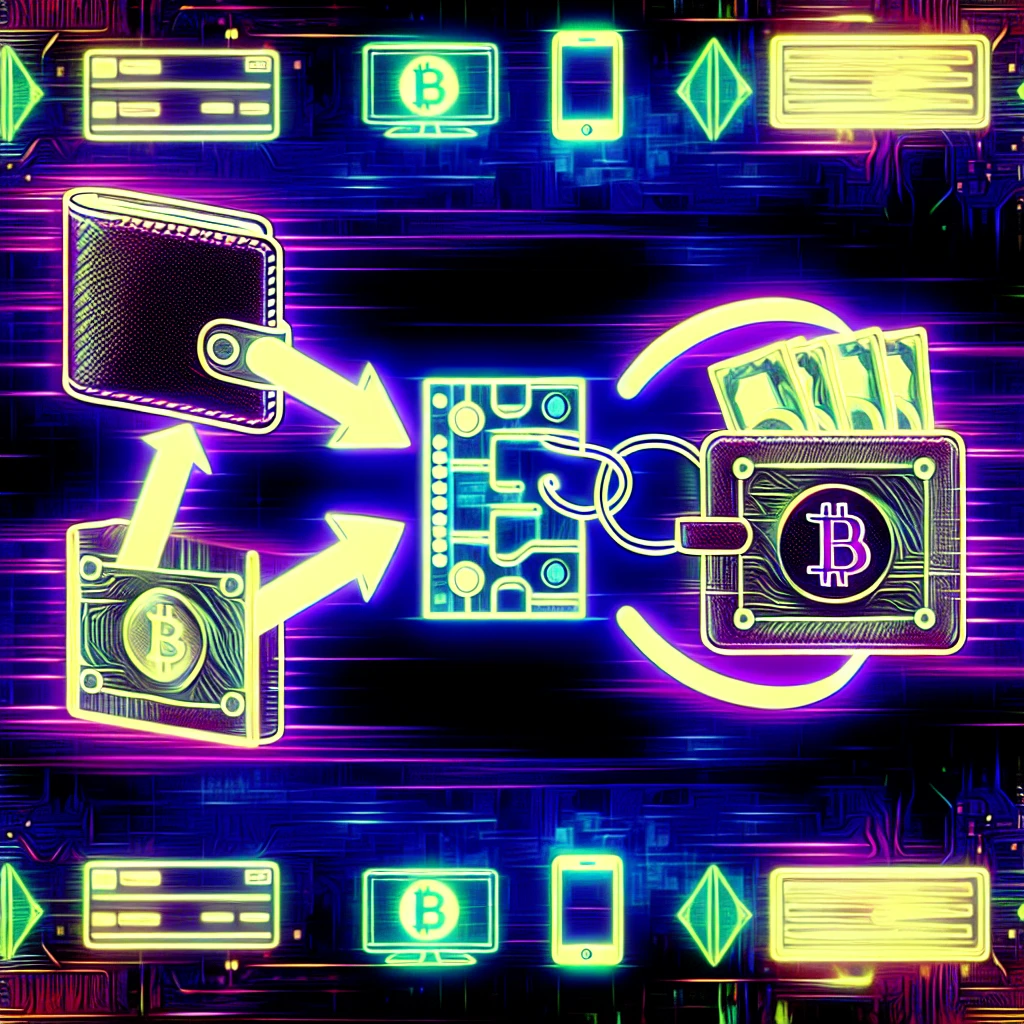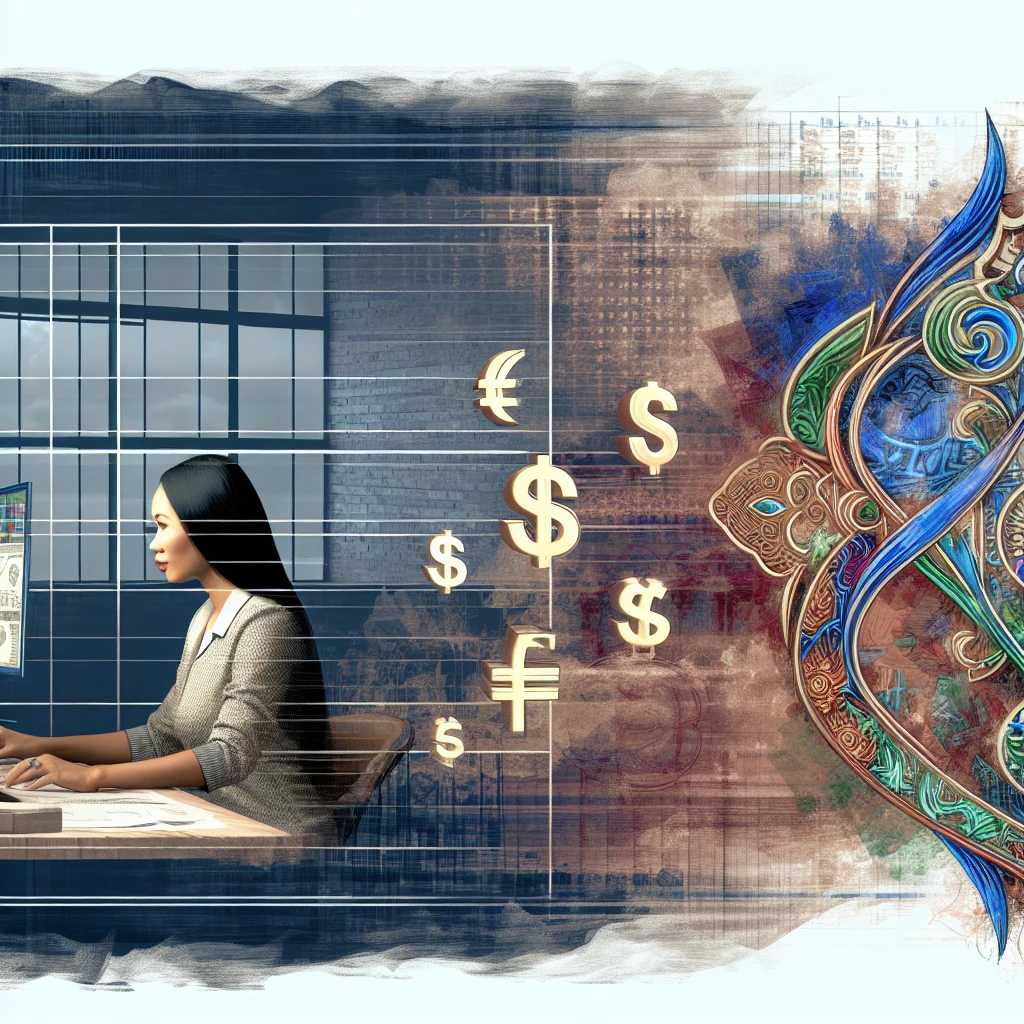Basics of Blockchain in Finance
At the heart of the fintech revolution, blockchain technology is a game-changer, especially in the realm of finance. This ingenious tech, which underpins cryptocurrencies like Bitcoin, is much more than a buzzword; it's a foundational shift in how financial transactions can be managed and recorded. So, what's the big deal? Well, blockchain is essentially a distributed ledger, a decentralized database that's shared across a network of computers. This setup ensures that records, once entered, are immutable and transparent, making them virtually tamper-proof.
Now, let's talk finance. In an industry where trust is currency, blockchain's ability to provide secure, transparent transactions is invaluable. It's not just about cryptocurrencies; blockchain's tentacles stretch into areas like smart contracts, which automatically execute transactions when conditions are met, and supply chain finance, where it adds layers of efficiency in tracking the movement of goods and funds. The potential for error or fraud is drastically reduced, and the speed of transactions can be significantly increased.
Consider international payments, for instance. Traditionally, these can be slow, expensive, and opaque. Blockchain comes to the rescue by streamlining the process. It cuts out middlemen, reduces transaction costs, and provides a clear trail of the payment journey. This isn't just theoretical; major banks and financial institutions are already harnessing blockchain to enhance their payment systems, and we're seeing a surge in blockchain-powered payment solutions that promise a more connected and efficient global financial ecosystem.
But it's not all sunshine and rainbows. Adoption challenges, regulatory hurdles, and technological complexities mean that blockchain isn't a magic bullet. It's a powerful tool, yes, but one that requires careful implementation and a solid understanding of its mechanics to truly transform finance. And as we delve deeper into the world of international payments, we'll see that blockchain is more than just a piece of the puzzle; it's the blueprint for a more streamlined, transparent, and secure financial future.
Improving Payment Efficiency with Blockchain
Imagine a world where international payments are as swift as sending an email. That's the promise of blockchain technology in the financial sector. By enhancing the speed, security, and transparency of transactions, blockchain is poised to revolutionize the way we handle cross-border payments.
First off, speed is of the essence in the global economy. Traditional bank transfers can take days to clear, especially when navigating the complexities of international regulations and intermediaries. Blockchain accelerates this process by enabling near-instantaneous transactions. It's like upgrading from a dial-up connection to high-speed broadband; the difference in efficiency is staggering.
Security is another cornerstone of blockchain's appeal. With cyber threats looming large, the encrypted and decentralized nature of blockchain offers a fortress-like level of protection. Each transaction is recorded on a block and added to a chain in a linear, chronological order. This blockchain is then distributed across a network of computers, making it virtually impossible to alter any single record without detection. It's a financial security system on steroids.
Transparency, too, is a game-changer. In the murky waters of international finance, blockchain acts as a beacon of clarity. Every transaction is visible to all parties involved, providing an unprecedented level of insight into the payment's journey. This transparency not only fosters trust among stakeholders but also simplifies compliance with regulatory requirements. It's like having a GPS tracker for your payments, offering real-time updates on their status.
Yet, while blockchain is a powerful tool, it's not a standalone solution. It operates best when integrated with other financial technologies and processes. For businesses looking to stay ahead, adopting blockchain is a step towards a future where international payments are not just a necessity, but a strategic advantage. It's an exciting time for finance, and blockchain is at the forefront, driving efficiency and innovation.
As we explore case studies and delve into the nitty-gritty of blockchain-powered payments, it's clear that this technology is not just reshaping our current financial landscape; it's laying the groundwork for a more interconnected and empowered global economy.
Case Studies: Blockchain-Powered Payments
When it comes to international transactions, blockchain technology is more than just a buzzword; it's a transformative force that's already being harnessed by trailblazing companies and financial institutions. Let's dive into some real-world examples that illustrate the power and potential of blockchain-powered payments.
Consider the case of Ripple, a company that's become synonymous with blockchain-based financial services. Ripple's platform uses its own cryptocurrency, XRP, to facilitate lightning-fast and cost-effective cross-border payments. Major banks and financial players have partnered with Ripple to streamline their international payment systems, illustrating the practical benefits of blockchain in reducing transaction times from days to mere seconds while also slashing costs.
Another example is IBM's Blockchain World Wire, which offers a new frontier in global payments. By utilizing blockchain technology, IBM has created a system that can clear and settle cross-border payments almost instantaneously. This is a game-changer for businesses that operate on a global scale, as it allows them to move money across borders with unprecedented speed and efficiency.
Furthermore, we've seen blockchain adoption by remittance companies like BitPesa, which operates in Africa. BitPesa uses blockchain to facilitate business transactions and payments across several African countries, offering a cheaper and faster alternative to traditional banking systems. This not only benefits businesses but also has a profound impact on individuals who rely on remittances for financial support.
These case studies are just the tip of the iceberg. They showcase a growing trend of financial innovation where blockchain is the cornerstone of modern payment solutions. By cutting down on intermediaries and leveraging the inherent security and transparency of blockchain, these companies are not just improving their bottom line; they're revolutionizing the way money moves around the world.
As we continue to witness the rise of blockchain in finance, it's clear that this technology is not merely a disruptive force; it's a foundational element for a new era of international payments. For businesses and individuals alike, the blockchain revolution in payments is not just coming—it's already here, reshaping our financial interactions with each stride.







